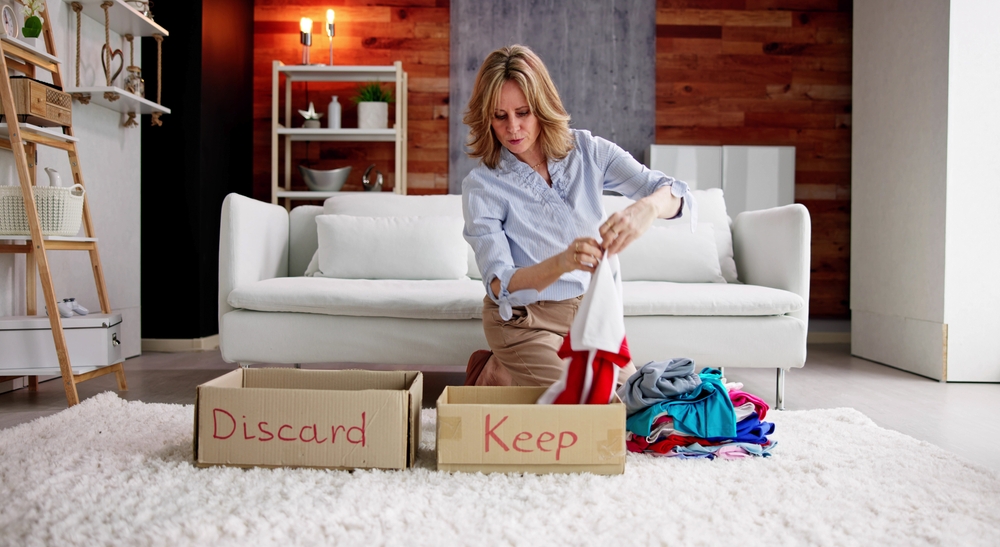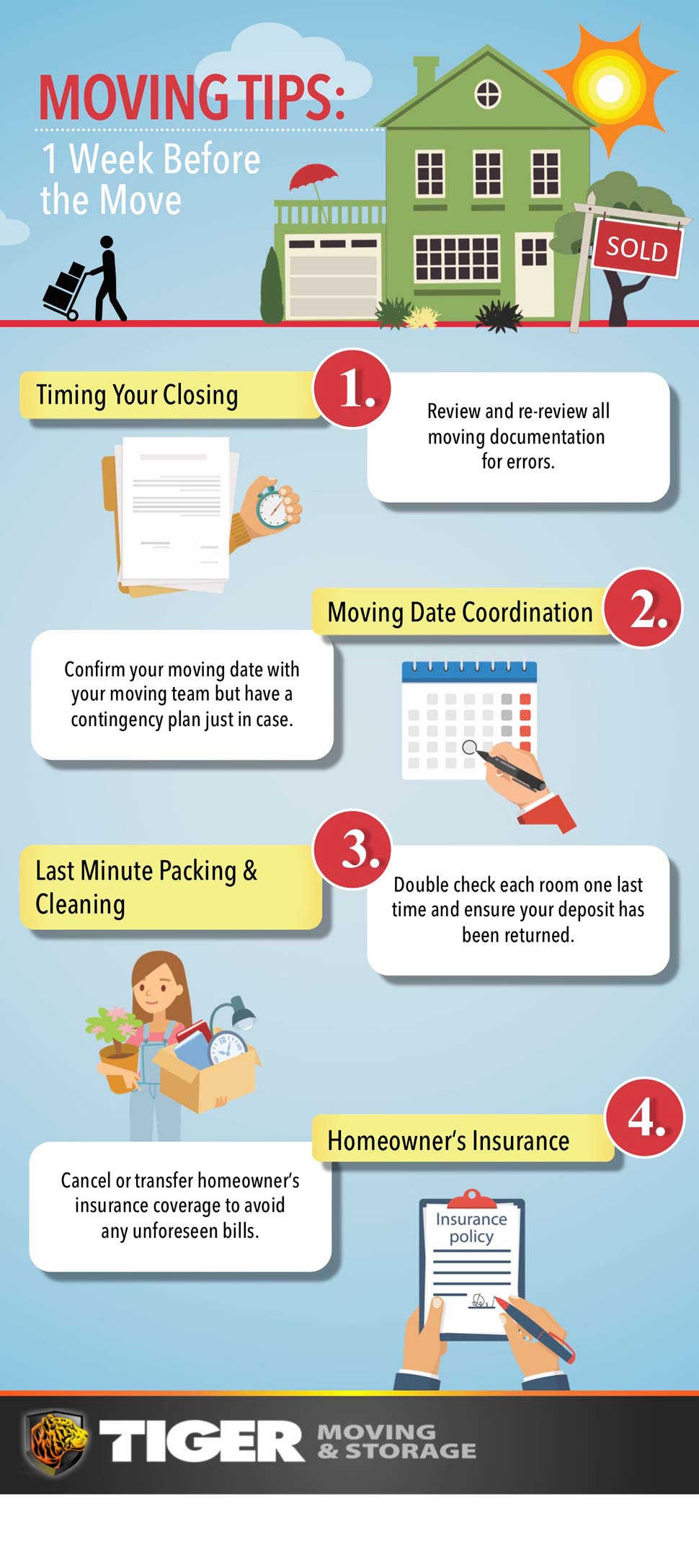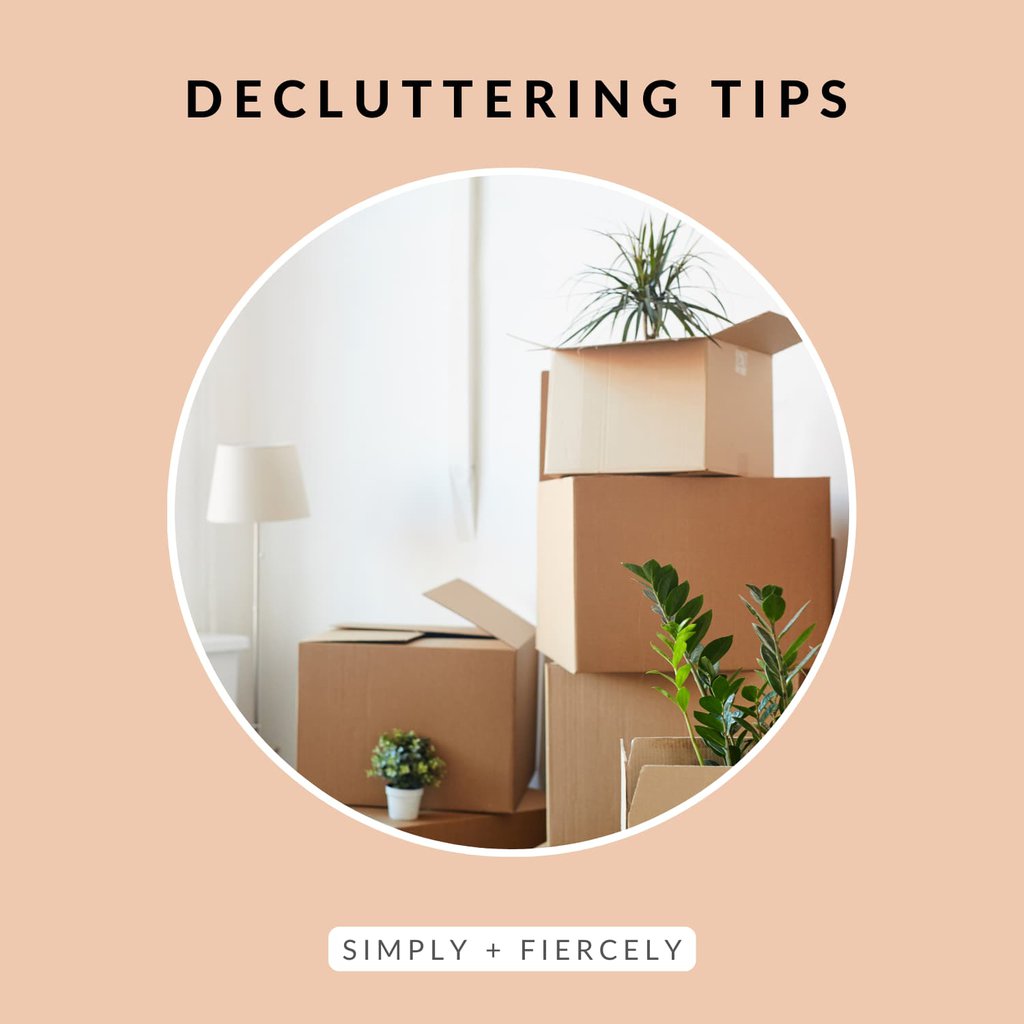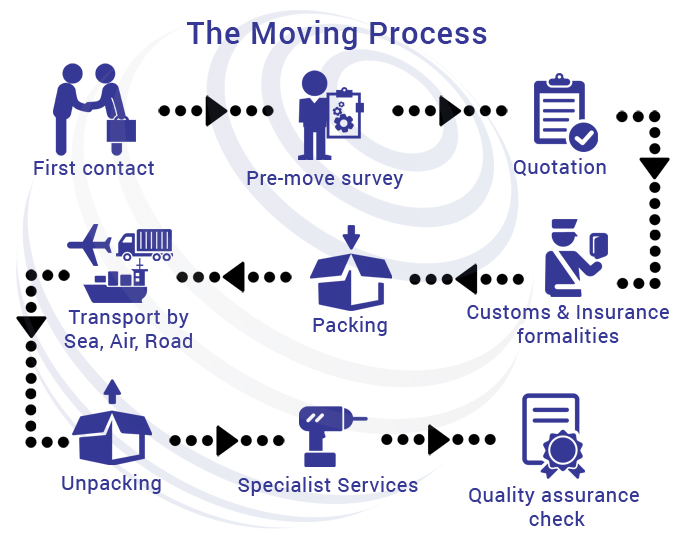Planning a move can often be overwhelming, especially when you consider the amount of stuff you’ve accumulated over the years. Before you start packing up your belongings, it’s essential to declutter and get rid of the items you no longer need or want. Not only will this make the moving process more manageable, but it will also help you start fresh in your new home.
Why decluttering before moving is important
Moving is the perfect opportunity to assess your possessions and streamline your life. Here are a few reasons why decluttering before a move is crucial:
- Save time and energy: The less you have to pack, the quicker and easier the moving process becomes. By decluttering beforehand, you’ll eliminate unnecessary items and reduce the number of boxes you need to transport.
- Save money: Moving is often priced based on the weight and number of items being transported. By decluttering, you can save money on moving supplies, storage, and potentially even the size of the moving truck.
- Create a fresh start: Moving to a new home is an opportunity to start with a clean slate. Getting rid of unwanted items allows you to create a more organized and clutter-free environment in your new space.
Benefits of decluttering for a smooth move
Decluttering offers numerous benefits that extend beyond just the moving process:
- Less stress: Packing and moving can be stressful enough as it is. Decluttering beforehand helps to reduce stress by eliminating the feeling of being overwhelmed by too many belongings.
- Increased productivity: When you declutter, you’ll have a clearer mind and more space to focus on the tasks at hand. This can lead to increased productivity during the moving process.
- Opportunity to give back: Donating unwanted items to charity or selling them can benefit others who may appreciate and use them. It’s a chance to give back to your community while decluttering your own space.
In conclusion, decluttering before a move is not only important but also beneficial. It saves time, money, and energy during the moving process while creating a fresh start in your new home. Additionally, decluttering provides a chance for personal growth and the opportunity to give back to others. So, before you start packing boxes, take the time to declutter and make your move a smoother and more enjoyable experience.

Decluttering Strategies
1. Sorting and Categorizing
Before moving, it’s important to sort and categorize your belongings. This step will help you prioritize what to keep, donate, sell, or discard. Start by going through each item and deciding if it’s something you truly need or want to take to your new home. This process will not only help declutter your space but also make the moving process much smoother.
2. Room-by-Room Decluttering
Take a room-by-room approach to decluttering. Start with one room and remove any items that are unnecessary or no longer serve a purpose. As you go through each room, make piles for items to keep, donate, sell, or discard. This will help you stay organized and focused throughout the process.
3. Minimalism and Downsizing
Consider adopting the principles of minimalism to help declutter your home. Minimalism encourages you to focus on what truly brings you joy and eliminates excess clutter. This mindset shift can be freeing and help you let go of items that no longer serve a purpose in your life.
Downsizing is another aspect to consider when decluttering before a move. Take an honest look at your belongings and determine if there are items you can live without. This could include duplicate items, outdated technology, or clothing that no longer fits or suits your style. Downsizing can help reduce the number of belongings you need to pack and transport to your new home.
Decluttering before a move can seem daunting, but it’s an essential step to ensure a smooth and organized transition. By sorting and categorizing your belongings, decluttering room-by-room, and considering minimalism and downsizing principles, you can create a more streamlined and stress-free moving experience.

Organization and Storage Solutions
Moving to a new place can be exciting, but the process of packing and unpacking can quickly turn into a nightmare if you’re surrounded by clutter. To make your move smoother and more efficient, it’s essential to declutter before packing your belongings. Here are some key points to consider:
1. Efficient Packing Techniques
Before you start packing, take the time to declutter each room. Sorting through your belongings will help you determine what you want to keep, donate, or discard. Be ruthless in letting go of items you no longer need or use. This will not only save you time during the packing process but also reduce the number of items you have to transport.
2. Optimal Packing Methods for Different Types of Items
Properly packing your belongings is crucial to ensure their safety during transit. Use suitable packing materials such as bubble wrap, packing peanuts, and sturdy boxes to protect fragile items. When packing, ensure that heavier items are at the bottom of the boxes, and lighter items are on top. Consider using specialized boxes for delicate items, such as wardrobe boxes for clothes and dish packs for fragile kitchenware.
3. Labeling and Inventory Systems
Keeping track of your packed items will make unpacking a breeze. Label each box with its contents and indicate the room it belongs to. This will help you prioritize unpacking and place each box in the correct location. Additionally, consider creating an inventory list of all the items you’ve packed, especially if you have valuable or sentimental possessions. This will provide peace of mind and make it easier to claim insurance in case of any mishaps during the move.
By following these organization and storage solutions, your move will be much smoother and stress-free. Remember, decluttering before packing will not only save you time and effort during the move but also help you create a fresh start in your new home.

Emotional and Mental Aspects of Decluttering
Decluttering before moving can be an overwhelming task, not just physically, but also emotionally and mentally. It involves letting go of possessions that hold sentimental value and making difficult decisions about what to keep and what to discard. Understanding and addressing these emotional and mental aspects can make the process easier and more manageable.
1. Letting Go of Sentimental Items
One of the greatest challenges of decluttering is parting with sentimental items. These can include gifts from loved ones, mementos from memorable events, or objects that hold a special meaning. It’s important to remember that the memories associated with these items will always remain, even if the physical object is no longer present. Consider taking photos or creating a memory box with representative items to preserve the sentiment while reducing the physical clutter.
Coping with the Emotional Attachment to Possessions
It’s natural to develop emotional attachments to possessions, as they can evoke feelings of nostalgia, comfort, and security. However, excessive attachments can hinder the decluttering process. To cope with emotional attachment, focus on the benefits of decluttering, such as creating a more organized and stress-free living environment. Remind yourself that letting go of unnecessary items can bring a sense of liberation and freedom.
Strategies to Make the Process Easier and More Practical
To make the decluttering process more manageable, consider implementing the following strategies:
- Start small: Begin with one area or category at a time to avoid feeling overwhelmed.
- Set goals: Clearly define your decluttering goals and establish a timeline to stay focused and motivated.
- Sort items into categories: Create categories such as keep, donate, sell, and discard to facilitate decision-making.
- Use the one-year rule: If you haven’t used or worn an item in a year, it may be time to let it go.
- Seek support: Get a friend or family member involved to provide support, encouragement, and an objective perspective.
2. Minimizing Decision-Making Stress
Making decisions about each item can be mentally taxing. To minimize decision-making stress, consider the following tips:
- Ask yourself practical questions: Will I use this item in the future? Does it serve a purpose in my current life?
- Set limits: Determine a specific number of items you want to keep in each category to avoid unnecessary accumulation.
- Focus on the present: Consider the value an item brings to your current life rather than holding onto it for hypothetical future scenarios.
By addressing the emotional and mental aspects of decluttering, you can make the process less overwhelming and more satisfying. Remember that decluttering is a step towards creating a more organized and purposeful living space as you transition to a new home.

Introduction
Moving can be a stressful experience, with numerous tasks and decisions to be made. One important step that can make the process smoother and more organized is decluttering before the big move.
Benefits of decluttering before a move
Clearing out unnecessary items before moving not only lightens your load physically but also mentally. Here are some benefits of decluttering before a move:
- Easier packing: By eliminating items you no longer need or use, you reduce the number of belongings to pack, saving time and effort.
- Cost-effective: Moving costs are often based on the weight and volume of your belongings. By decluttering, you can potentially save on moving expenses.
- Clean and fresh start: Moving into a new home with only the belongings you truly need and love allows you to start fresh and create a clutter-free environment.
- Less stress: Decluttering before a move reduces the number of decisions you have to make during an already busy time.
Tips for maintaining an organized and clutter-free space in the new home
To ensure that your new home remains organized and clutter-free, consider the following tips:
- Designate storage areas: Assign specific areas in your new home for storing items like seasonal decorations, keepsakes, and documents.
- Regular decluttering: Set aside regular intervals, such as once a year, to assess your belongings and discard items that are no longer needed.
- One in, one out rule: Implement a policy where for every new item you bring into your home, you remove one item of a similar category.
- Stay organized: Utilize storage solutions such as bins, shelves, and drawer dividers to help keep items organized and easy to find.
- Practice minimalism: Adopt a mindset of simplicity and minimalism, only keeping items that bring you joy or serve a practical purpose.
Decluttering before a move can be an opportunity to reset and create a more organized living space. By taking the time to declutter and implementing strategies to maintain a clutter-free home, you can enjoy a more peaceful and stress-free living environment.






